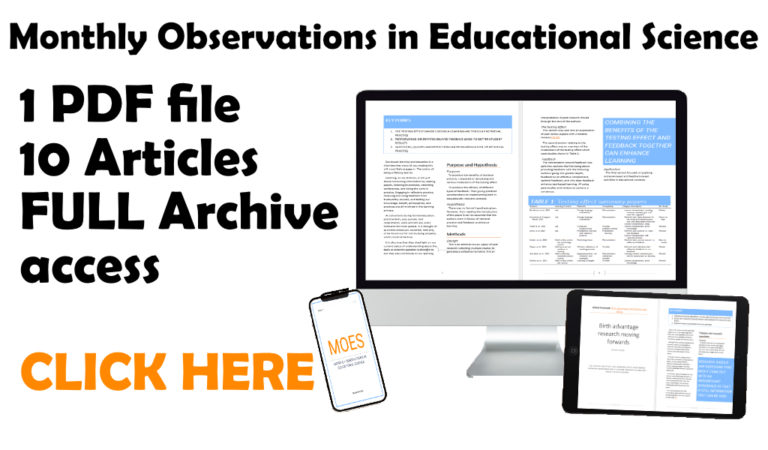Introduction
The Feynman technique is a popular tool shared online as a way to improve learning and retention of information through 4 main steps:
1. Choose a topic of study
2. Pretend or actually explain it
3. Fill in the gaps of understanding
4. Simplify and create a narrative
Despite its popularity, the evidence base is extremely sparse with the majority of support built up by anecdotal stories.
Methods
One study ((Xiaofei, W., Qing, C., Yanyan, S., Weifeng, T. and Wenzhi, N., The application of the Feynman Technique for practical teaching of prosthodontics. _Chinese Journal of Medical Education_, _41_(9), p.822)) tested 45 students divided into 3 groups of 15. 1 group was taught the information and then explained what they had learned to the other groups (the Feynman technique group), the other 3 groups just being taught information.
This study found the explanation to be beneficial.
However, a different study ((Ambion, R.I.A., De Leon, R.S.C., Mendoza, A.P.A.R. and Navarro, R.M., 2020, August. The Utilization of the Feynman Technique in Paired Team Teaching Towards Enhancing Grade 10 ANHS Students’ Academic Achievement in Science. In _2020 IEEE Integrated STEM Education Conference (ISEC)_ (pp. 1-3). IEEE.)) looked at 20 students split into 2 groups of 10. 1 group explained what they had learned to a partner whereas the other was just taught through traditional methods, with the results showing no significant difference.
A third study ((Harahap, A.R., 2021. An Alternative Method Of Online Learning Using The Feynman Technique. _Khazanah: Jurnal Mahasiswa_, _12_(2).)) has been published about the Feynman technique which simply concluded that with the Feynman technique, students can be more active in the learning process, but shares no significant support.
Findings
When doing further research into the origins of the technique, the naming and construction come from an interpretation of a book written about Richard Feynman.
This video explains my findings of the origins of the technique and how it isn’t Feynman’s technique and actually is rooted in our natural learning, which has been spoken about in relation to higher education. ((Armstrong, J.S., 2010. Natural learning in higher education. _Available at SSRN 1928831_.))
Discussion
When viewing the video sources and website sources that speak about the Feynman technique they all reference one another with no academic citations.
The studies that I have found, mentioned above, have conflicting results but I don’t put much reliability in the results due to the various factors affecting results such as; small sample sizes, limited restriction to learning, time on learning was not measured, quality of instruction was not measured, and various control measures were not mentioned so the quality of each study can be questioned.
Not excluding the anecdotal experiences, many tools were mentioned such as study partners, questions, flashcards, study groups, and other projects that rely heavily on retrieval practice and then explaining the recalled information to oneself or another.
Taking all of this into consideration and the cross over this technique has with natural learning, I see this technique as a marketing effort to sell and promote an idea for using explanation as a tool for learning.
From a broad view of this marketing strategy to use Richard Feynman as a way to increase exposure and for ease of dissemination, it has done a great job at spreading the importance of explanation as a tool to help to learn.
On the other hand, it introduces misconceptions about Richard Feynman, and how explanation could be used to aid learning.
An example of this misinterpretation is that explaining something to a 5-year-old, or in a more general term, someone with a more shallow understanding than yourself would be beneficial for your learning.
This type of explanation uses retrieval practice ((Kubik, V., Gaschler, R. and Hausman, H., 2021. PLAT 20 (1) 2021: Enhancing Student Learning in Research and Educational Practice: The Power of Retrieval Practice and Feedback. _Psychology Learning & Teaching_, _20_(1), pp.1-20.)) which can be useful but overlooks the depth of understanding required to find a desirable difficulty for expanding learning.((Grimm, S.R., 2014. Understanding as knowledge of causes. In _Virtue epistemology naturalized_ (pp. 329-345). Springer, Cham.))
Conclusion
The Feynman technique is a marketing label to promote natural learning and explanation.
Using explanation is useful in learning when applied with retrieval practice and desirable difficulty in mind.



